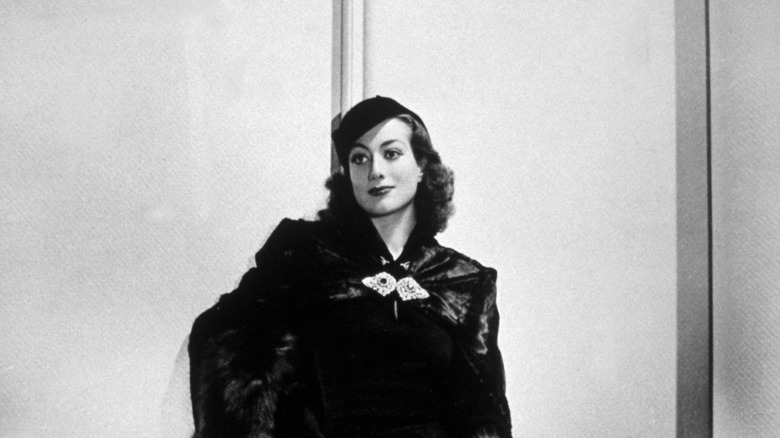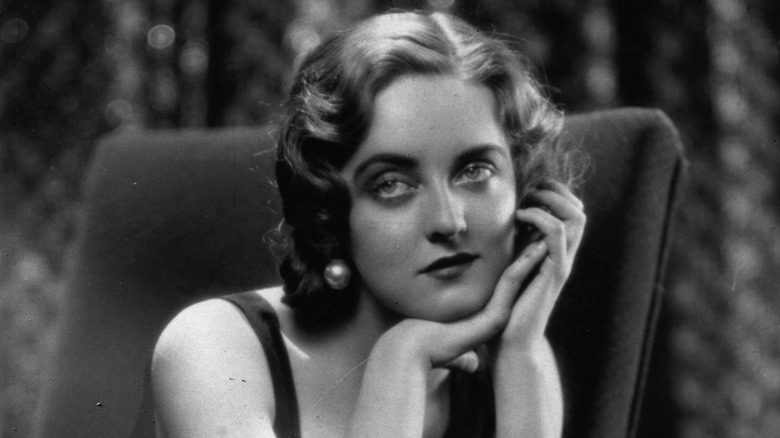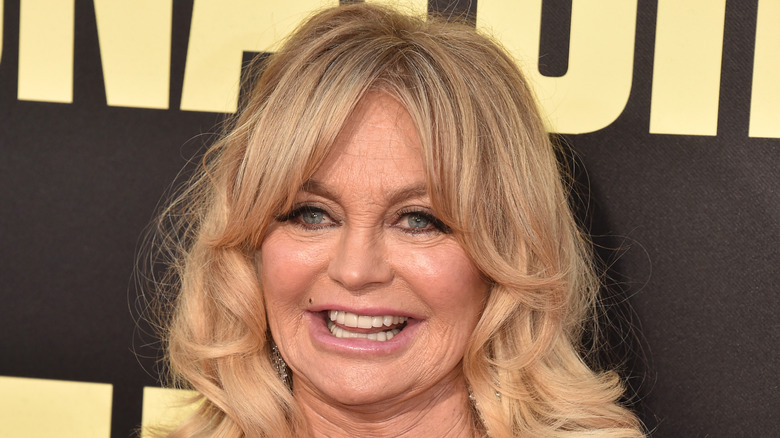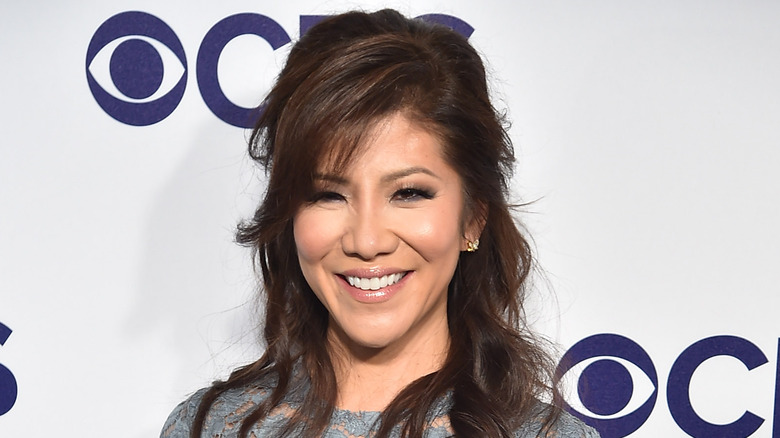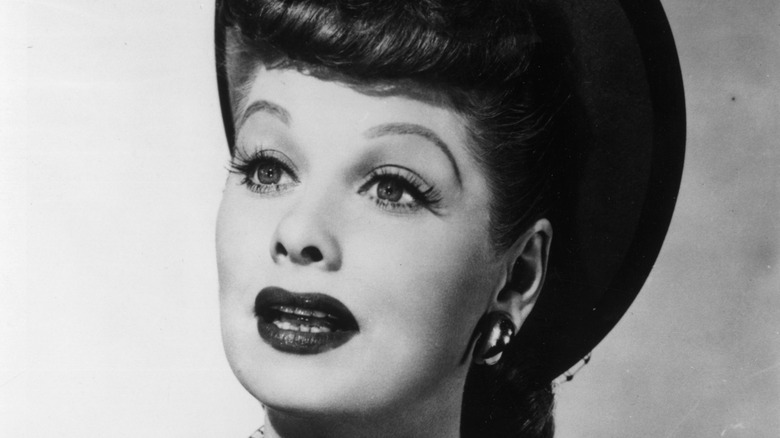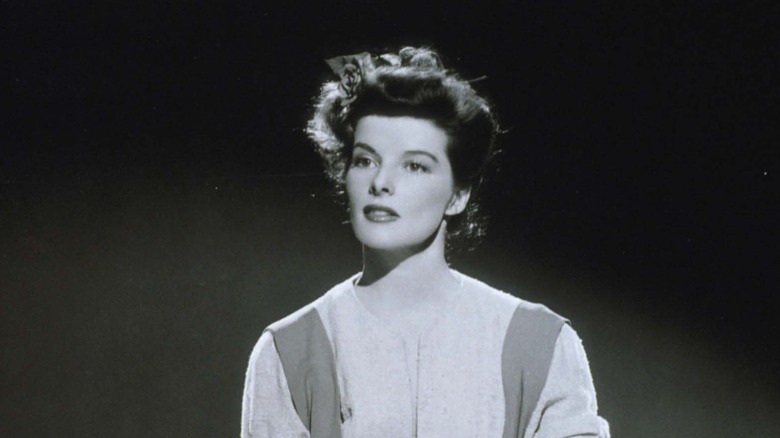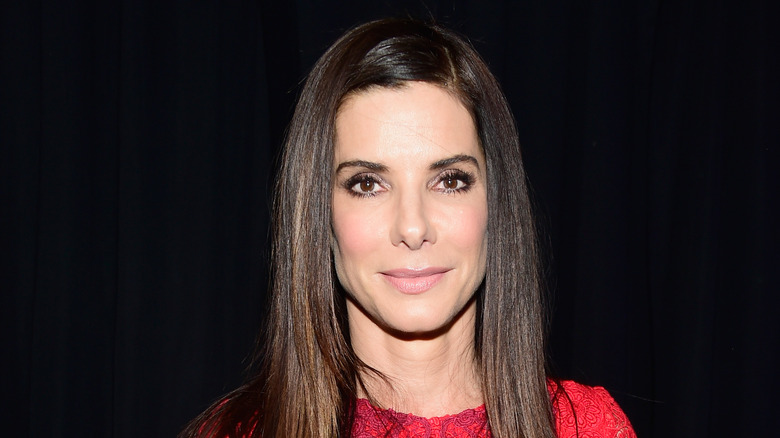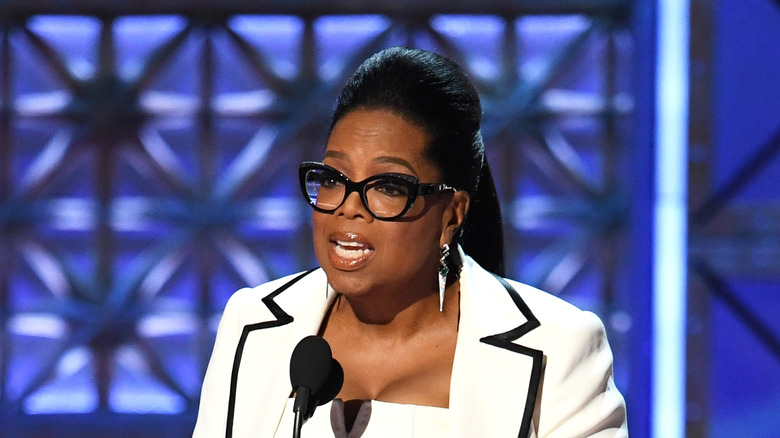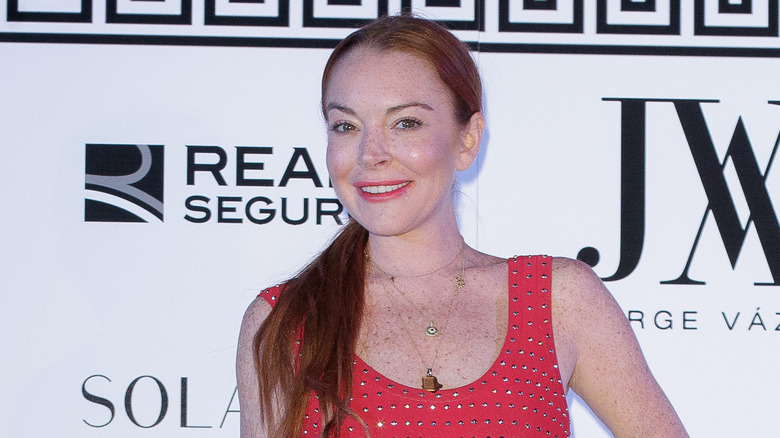Actresses Who Were Forced To Take A Pay Cut For A Role
The life of an actor seems like a glamorous one, but it isn't always easy. For some, it can be a downright nightmare. Most actors don't make the big bucks, and even those who are steadily cast in films and shows don't always get paid as much as you'd think they do. This is especially true for women, who frequently earn less than their male co-stars.
These actresses have braved the storm of Hollywood, determined to pursue their passion. You'd be surprised at how many of them have taken a pay cut at some point in their careers, just to get a role.
Joan Crawford
Hollywood icon Joan Crawford's career began to stall in the 1940s. The once vibrant film star was getting older, and her advancing age meant that she wasn't getting any good roles. In 1942, she left MGM hoping to revive her career. The following year, she signed with Warner Brothers for just a third of what she had been earning at MGM.
The pay cut was drastic, but Crawford hoped that it would enable her to take on better roles. After turning down several roles right after the move, she ultimately made the critically lauded Mildred Pierce in 1945 and her career hit the upswing again.
Bette Davis
Joan Crawford and her rival, Bette Davis, were middle aged when they were cast in Whatever Happened to Baby Jane. Crawford took on the role as a last grab at keeping her career alive and convinced Davis to join the film as her co-star. Davis, whose career was also on the decline, agreed to star in the movie alongside Crawford.
Davis was paid less than you'd expect for a star of her caliber, later revealing that when studios were first approached about casting her and Crawford "the moguls said, 'We wouldn't give you a dime for those two old broads.'" She eventually received more than a dime, but her salary was much smaller than the $100,000 she had been paid for her supporting role in Pocketful of Miracles the year before.
Because of concerns over casting two older women in leading roles, Davis was paid just $60,000 for Whatever Happened to Baby Jane plus 5 percent of net profits. Crawford was paid $20,000 less but earned 10 percent of the film's profits. The reluctant "moguls" were proved wrong when the film became a critical and box office success.
Goldie Hawn
Acting can be a brutal business, especially as stars get older. Goldie Hawn opened up to Harper's Bazaar about the "shelf life" of women in Hollywood. The 1996 film The First Wives Club was a critical and commercial success, but Hawn and her co-stars Diane Keaton and Bette Midler, all middle-aged at the time, had to take a pay cut to star in the film.
"Even though we were all stars, [Hollywood] was nervous about the movie," she said. "For First Wives, we all took a cut in our salary, we all took a cut in our back end. Because the studios were never sanguine on trusting that women carrying a movie would actually work."
Ageism and sexism are two of the greatest problems in the industry. "You think you're going to prove to Hollywood when you hit 45 that you're still a sexy, viable object?" said Hawn. "No. There's a certain reality."
Julie Chen
Big Brother host Julie Chen was forced to take a pay cut to get the first U.S. celebrity edition of the show on the air. To make matters worse, it was her own husband, CBS chief Leslie Moonves, who made her take it.
"If you know one thing about my husband, it has to make economic sense," she told The Hollywood Reporter. "He comes home for dinner and says in a very Godfather, mafioso-style, 'Jules, you tell your lawyer this is not a negotiation. This is what the deal is and you're going to accept it.'"
Lucille Ball
Many fans remember Lucille Ball as the star of I Love Lucy, but what most don't know is how hard she and her husband Desi Arnaz worked to get the show on the air. Their company, Desilu Productions, was the first indie TV production company and the pair put up $5,000 of their own money to film the pilot.
Ball and Arnaz wanted a quality show, refusing to cut corners and taking pay cuts so they wouldn't have to. The pair wanted to film the show on film rather than use kinescopes (which would result in a blurry picture). This doubled the cost of production, so the couple agreed to reduce their (joint) weekly salary from $5,000 to $4,000. This not only got the show on the air, but also allowed them to retain the rights to the show.
Katharine Hepburn
Before she was a screen legend, Katharine Hepburn was a struggling stage actress. In 1932, she was starring in The Warrior's Husband in a role that had almost gone to a more well-known actress. In the middle of the play's 83-performance run, the entire cast was forced to take a pay cut. Hepburn accepted the reduced wage ($75 per week) in order to stay in the role and went on to become a celebrated actress.
Kristen Stewart
Just before On the Road was finally green-lit after years of false starts, the budget for the film was drastically cut by millions of dollars. The film had already been cast, but with the budget cuts in place it was uncertain whether the movie could be made as it had been planned.
Kristen Stewart had recently become a megastar thanks to her role in Twilight, a status that director Walter Salles feared would make her back out of the project. Fortunately, Stewart agreed to remain in the role, even though she made just a fraction of the millions she was paid for the Twilight films.
Sandra Bullock
When Sandra Bullock starred in The Blind Side, her going rate for a film was $10 million. When she accepted a role in the movie, her fee was cut in half in exchange for a share of the profits of the film. Since The Blind Side was a hit, it's safe to say that Bullock pocketed a pretty penny for her role in the film. If the movie had flopped, however, she would have just earned the $5 million she was paid up front.
Bullock very nearly turned down the role of Leigh Anne Touhy but changed her mind when director John Lee Hancock introduced her to the real-life Touhy.
"She's an incredible woman and I knew that playing her would be an incredible challenge," Bullock told Digital Journal. "But it was just the kind of challenge I thought I needed at this time of my career." Bullock went on to win an Academy Award and a Golden Globe for the role.
Oprah Winfrey
Oprah Winfrey desperately wanted a part in The Color Purple, reported Entertainment Weekly. "I didn't need a speaking role," she said. "I was willing to carry the script, help people with the water," she told the audience at 2016's Essence Fest. Winfrey did manage to land a speaking part, pocketing just $35,000 for her debut film role while Whoopi Goldberg, also making her film debut, was paid $250,000.
Winfrey wanted the part so badly that she was willing to accept the money, but did think she deserved more recognition for the role that would go on to earn her an Oscar nomination. Winfrey was making $230,000 a year for her talk show and received notice that it was going to be syndicated while filming The Color Purple. Winfrey told Vogue that she tried to convince Steven Spielberg that her name should be on the film poster because she was "really gonna be kinda famous" but he refused her request. "No, can't do that," said Spielberg. "Rae Dawn Chong and Margaret Avery and Whoopi have the deal to have their name on the poster."
According to Winfrey, this "is my favorite I-told-you-so. Steven, you should've put my name on that poster!"
Linday Lohan
There was a time when Lindsay Lohan commended high salaries. In 2004, the actress banked a million dollar paycheck for Mean Girls. As her reputation as a badly-behaved alcoholic grew, however, her star status dwindled — and so did Lindsay Lohan's net worth. She went from being a highly-paid star to having trouble finding roles. She was paid just $100 a day for 2013's The Canyons. On set, she became notorious for her erratic behavior and destructive habits, further damaging her reputation.
Cameron Diaz
Megastar Cameron Diaz starred in 2011's Bad Teacher, in spite of its low budget. The actress believed in the film so much that she was willing to take a huge pay cut to ensure that it got the greenlight. She did receive a cut of the profits, however, a gamble that paid off when the film grossed a whopping $216.2 million. Diaz ended up making $42 million dollars from the film.
Hollywood needs to change
While there have also been men who have taken a pay cut for a role, things are far worse for the women in Hollywood. It seems crazy that women these days are still making less than men, but it is a reality that actresses face every day. When you're already making a fraction of what your male co-stars are making, taking a pay cut adds insult to injury.
Fortunately, many people are speaking out. Emma Stone recently revealed that her male co-stars have voluntarily taken pay cuts so that Stone could receive the same salary. "In my career so far, I've needed my male co-stars to take a pay cut so that I may have parity with them," she told Out. "And that's something they do for me because they feel it's what's right and fair. ... If my male co-star, who has a higher quote than me but believes we are equal, takes a pay cut so that I can match him, that changes my quote in the future and changes my life."

